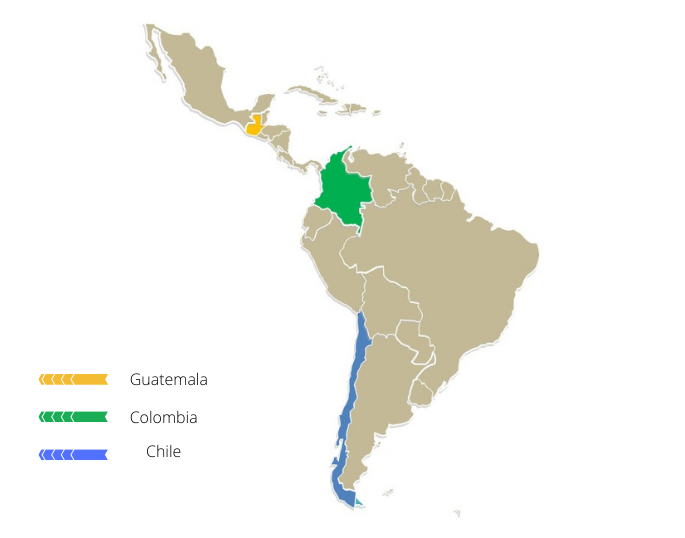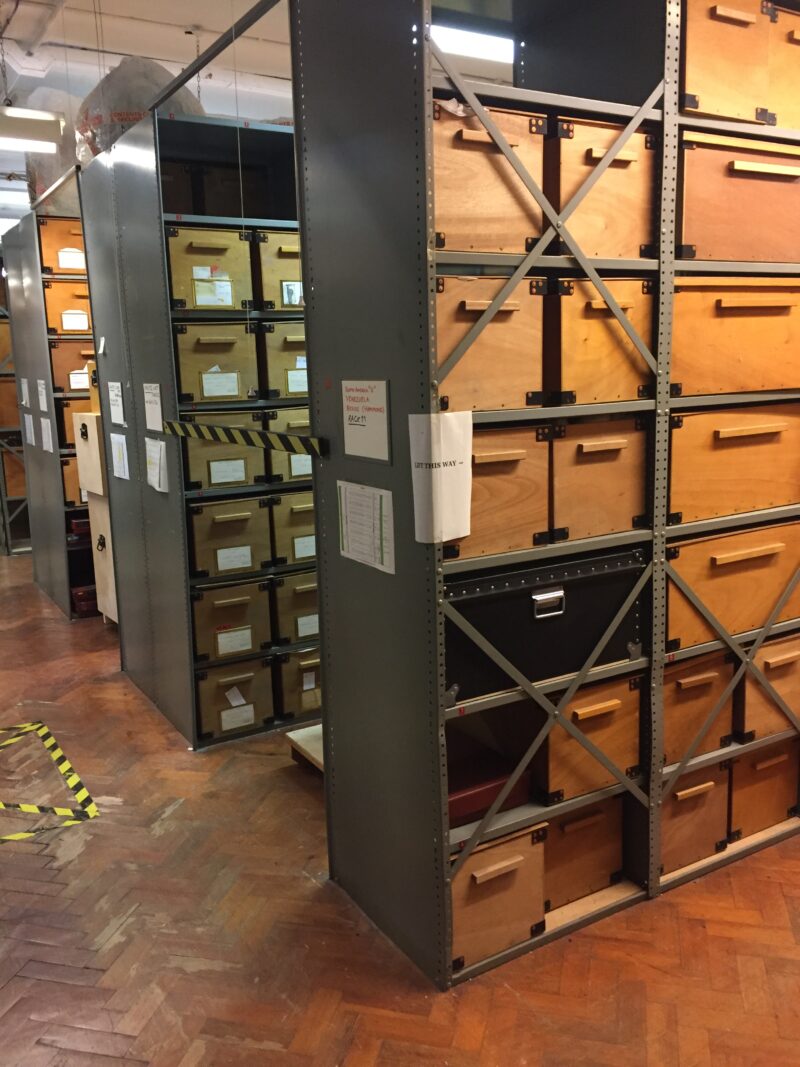The British Museum has collections that interest all kinds of people, in particular those who want to learn about world cultures. However, not all the objects that are at the museum are on display: There are ethnographic and archaeological collections from the Americas, especially from Indigenous communities from Latin America and the Caribbean, which are kept in storage.
Access to information is made easier thanks to the internet, as well as to the conversion of text, objects, pictures, or sound into a digital format (better known as digitization). Although this seems convenient, especially in terms of preserving existing museum collection documentation, there are still issues concerning how many objects were acquired by the British Museum, given that colonial history continues to affect the communities whose material heritage is cared for and displayed.

Museums need to be prepared for scenarios such as this and they must address issues regarding the digitisation of ancestral and sacred objects, especially when they may intend to disseminate images of them online. In order to address this issue, I carried out two ethnographies.
The first was to explore some Indigenous People’s positions about the digitisation and open access of ancestral objects currently held at the British Museum. I interviewed Indigenous matriarchs, cultural representatives and presidents of associations, educators, researchers, and archaeologists in Latin America, focusing on cultures from which there are un-photographed objects in the British Museum collection. The Indigenous groups that I focused on were: Diaguita in Chile, Muisca in Colombia, and Itza’ and K’iche’ in Guatemala.

The second part of my ethnography consisted of interviews with digital museum project managers, to explore which trends from co-creative and collaborative archaeological and ethnographic projects are being used to bridge the gap between Indigenous positions and the management of digital open access.
The goal of this second section was to produce a set of recommendations that cultural institutions or organisation such as SDCELAR might apply when working towards a collaborative and ethical digital heritage management plan with Indigenous communities. I hope that by addressing this issue, SDCELAR may move forward in digitising collections while providing flexibility for communities to choose their own private settings regarding the dissemination of their heritage.
Digitisation…a worldwide term?
My interviews with communities show that careful thought should be given as to how to start a conversation about digitising ancestral material.
The following were some of the findings:
Certain projects and institutions apply the following strategies for managing open access:
Use of institutional policies and creative commons license
Obfuscation and changing privacy preferences
Memoranda of Understanding (MoU)
I want to express my sincere gratitude to every person I spoke to from the Muisca, Diaguita, Itza’ and K’iche communities for the opportunity to engage in these conversations with them. I am grateful that they shared their strategies for managing open access with me. I am also very grateful to the SDCELAR team for the opportunity, and for their assistance and encouragement throughout the project.